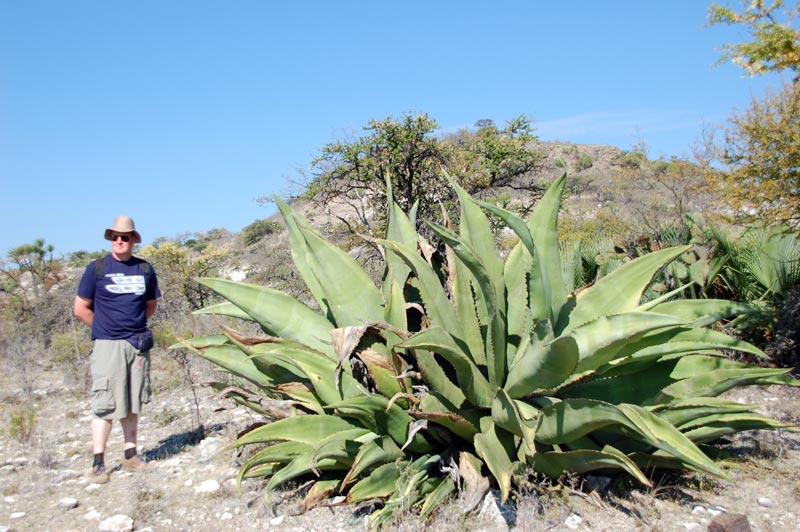In the high mountains around Oaxaca and Puebla there is Agave atrovirens.

Just north of Mexico City in the mineral rich peaks around Pachuca there is Agave salmiana ssp crassispina.

Further up in the mountains of Hidalgo there are Agave salmiana ssp crassispina and with it, at Cerro La Laja (and I would guess in neighbouring lumps, too) the southern population of Agave montana.
In the high mountains of the northeast around Nuevo Leon/Tamaulipas borders you get Agave montana again plus, a little lower, Agave gentryi.
A little further west and north in Nuevo Leon/southern Coahuila you get Agave gentryi at higher elevations.

This is in the Sierra Madre Oriental and Sierra Madre Del Sur - I have't travelled at all through the Sierra Madre Occidental as I think it is dangerous. To the south I understand the giant Agave tecta is a montane plant. But I wonder if this trend - if it is indeed a trend - continues up into the highest mountains of the USA? Is it a moisture thing?
Or is it just that I notice them and there are, in fact, large agaves everywhere? An obvious exception springs to mind - Agave marmorata is a plant of lower open dry slopes yet still get pretty huge.

Please discuss.

